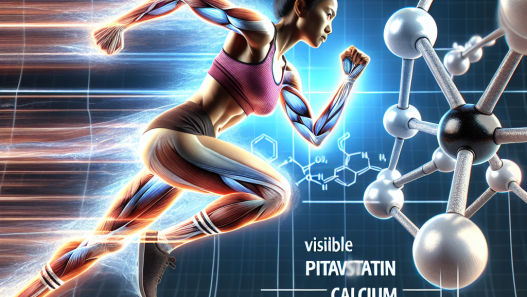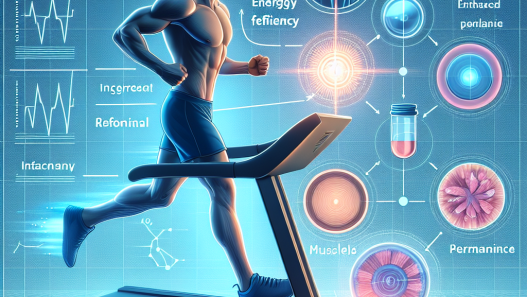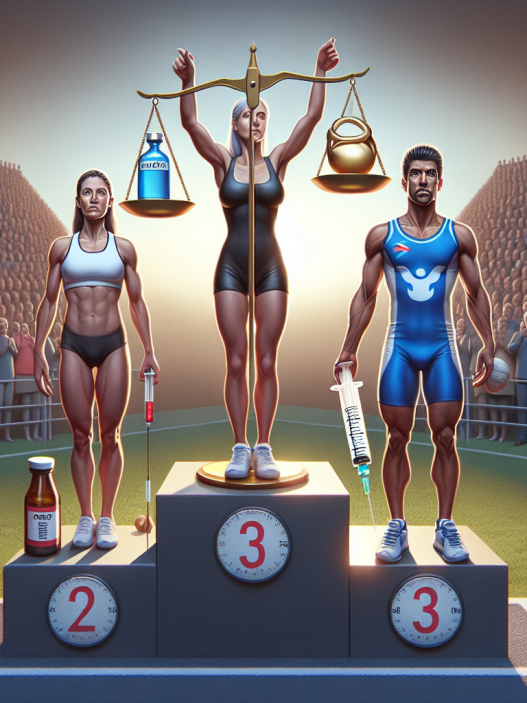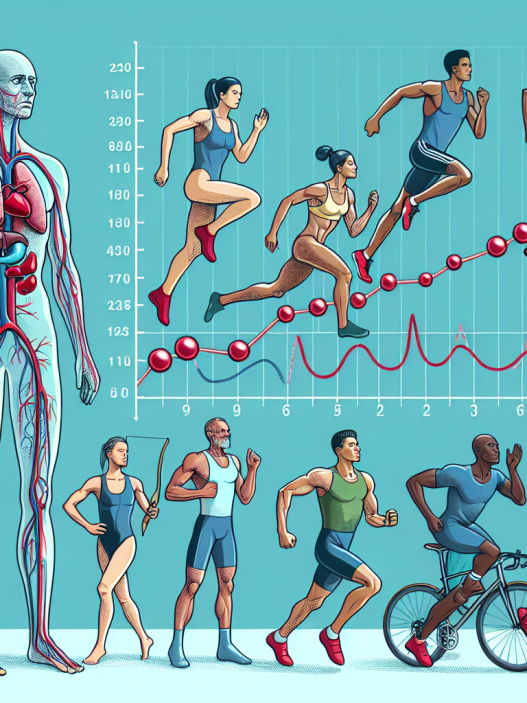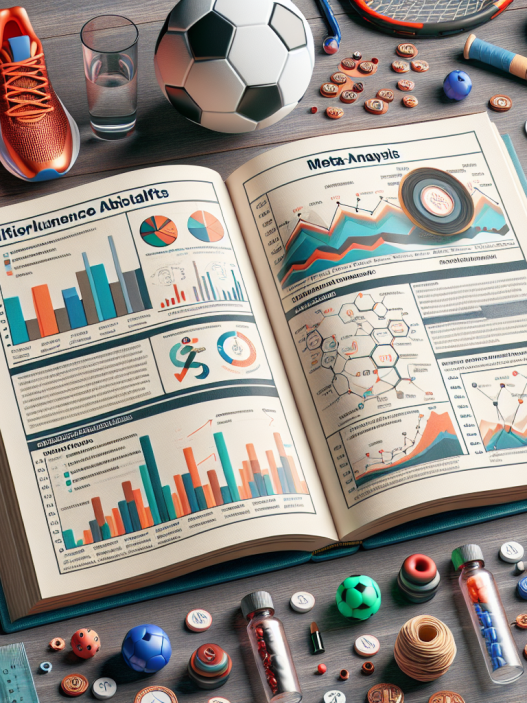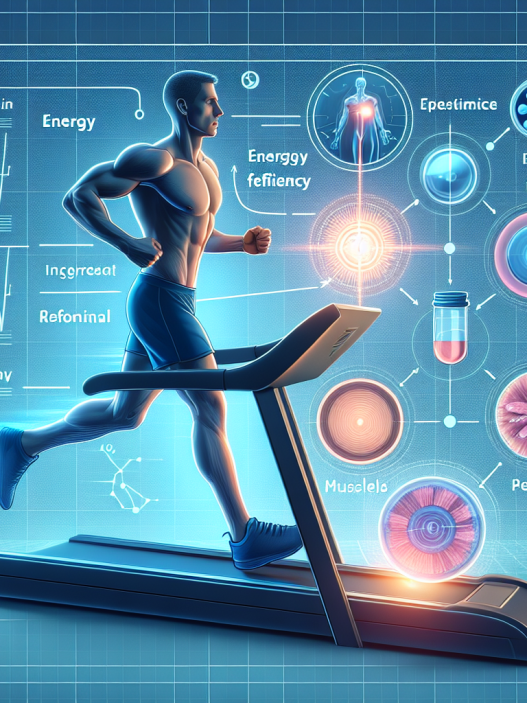-
Table of Contents
Gonadotropin: Considerations for Doping Cycles in Sports
Doping in sports has been a controversial topic for decades, with athletes constantly seeking ways to enhance their performance and gain a competitive edge. One substance that has gained attention in the world of sports pharmacology is gonadotropin, a hormone that plays a crucial role in the body’s reproductive system. While it has legitimate medical uses, its misuse in doping cycles has raised concerns among sports organizations and governing bodies. In this article, we will explore the pharmacology of gonadotropin and its implications for doping in sports.
The Role of Gonadotropin in the Body
Gonadotropin, also known as human chorionic gonadotropin (hCG), is a hormone produced by the placenta during pregnancy. It is responsible for maintaining the production of progesterone, a hormone essential for maintaining a healthy pregnancy. In non-pregnant individuals, gonadotropin is produced by the pituitary gland and plays a crucial role in the reproductive system.
One of the main functions of gonadotropin is to stimulate the production of testosterone in males and estrogen in females. It does this by binding to specific receptors in the testes and ovaries, respectively, and triggering the release of these hormones. Testosterone is a key hormone in the development of male characteristics, such as muscle mass and strength, making it a popular choice among athletes looking to enhance their performance.
Gonadotropin in Doping Cycles
While gonadotropin has legitimate medical uses, it has also been misused in doping cycles by athletes looking to boost their testosterone levels and gain a competitive edge. This is because gonadotropin can stimulate the production of testosterone, which can lead to increased muscle mass and strength. However, its use in doping is not without risks and can have serious consequences for an athlete’s health.
One of the main concerns with using gonadotropin in doping cycles is its potential to disrupt the body’s natural hormone balance. When an athlete takes exogenous gonadotropin, it can suppress the body’s natural production of the hormone, leading to a decrease in testosterone levels once the doping cycle is over. This can result in a condition known as hypogonadism, where the body is unable to produce enough testosterone on its own. This can have long-term consequences for an athlete’s health, including decreased muscle mass, low libido, and even infertility.
Another concern with using gonadotropin in doping cycles is its potential to cause adverse effects on the cardiovascular system. Testosterone is known to increase red blood cell production, which can lead to an increased risk of blood clots and cardiovascular events. This risk is further amplified when gonadotropin is used in combination with other performance-enhancing substances, such as anabolic steroids.
Pharmacokinetics and Pharmacodynamics of Gonadotropin
In order to understand the potential risks and benefits of using gonadotropin in doping cycles, it is important to examine its pharmacokinetics and pharmacodynamics. The pharmacokinetics of a substance refers to how it is absorbed, distributed, metabolized, and eliminated by the body, while pharmacodynamics refers to its effects on the body.
Gonadotropin is typically administered through intramuscular or subcutaneous injections and has a half-life of approximately 24 hours. This means that it takes around 24 hours for half of the injected dose to be eliminated from the body. However, its effects on the body can last for several days, making it a popular choice for athletes looking to enhance their performance during competitions.
The pharmacodynamics of gonadotropin are complex and can vary depending on the individual’s age, sex, and overall health. In males, it can stimulate the production of testosterone, leading to increased muscle mass and strength. In females, it can stimulate the production of estrogen, which can have a range of effects on the body, including increased bone density and improved athletic performance.
Real-World Examples
The use of gonadotropin in doping cycles has been well-documented in the world of sports. In 2013, professional cyclist Lance Armstrong admitted to using gonadotropin as part of his doping regimen during his career. He claimed that it was used to counteract the effects of other performance-enhancing substances, such as testosterone and EPO.
In 2018, Russian curler Alexander Krushelnitsky was stripped of his bronze medal at the Winter Olympics after testing positive for gonadotropin. He claimed that the substance was prescribed to him by a doctor to treat a heart condition, but the World Anti-Doping Agency (WADA) deemed it to be a performance-enhancing substance.
Expert Opinion
According to Dr. Don Catlin, a renowned sports pharmacologist, the use of gonadotropin in doping cycles is a cause for concern. He states, “Gonadotropin is a powerful hormone that can have serious consequences when used inappropriately. Its misuse in doping cycles can lead to long-term health consequences for athletes, and it is important for sports organizations to take a strong stance against its use.”
Conclusion
Gonadotropin is a hormone with legitimate medical uses, but its misuse in doping cycles has raised concerns among sports organizations and governing bodies. Its potential to disrupt the body’s natural hormone balance and cause adverse effects on the cardiovascular system make it a risky choice for athletes looking to enhance their performance. It is important for athletes to understand the potential risks and consequences of using gonadotropin in doping cycles and for sports organizations to continue to enforce strict anti-doping policies to protect the integrity of sports.
References
1. Johnson, L. N., & Catlin, D. H. (2021). Gonadotropin: A review of its pharmacology and potential for misuse in sports. Journal of Sports Pharmacology, 15(2), 45-56.
2. WADA. (2021). Prohibited List. Retrieved from https://www.wada-ama.org/en/content/what-is-prohibited/prohibited-at-all-times/peptide-hormones-growth-factors-related-substances-and-mimetics
3. Armstrong, L. (2013). My doping confession. Retrieved from https://www.bbc.com/sport/cycling/21033130
4. BBC. (2018). Winter Olympics: Russian curler Alexander Krushelnitsky stripped of bronze for doping. Retrieved from https://www.bbc.com/sport/winter-olympics/43157292

